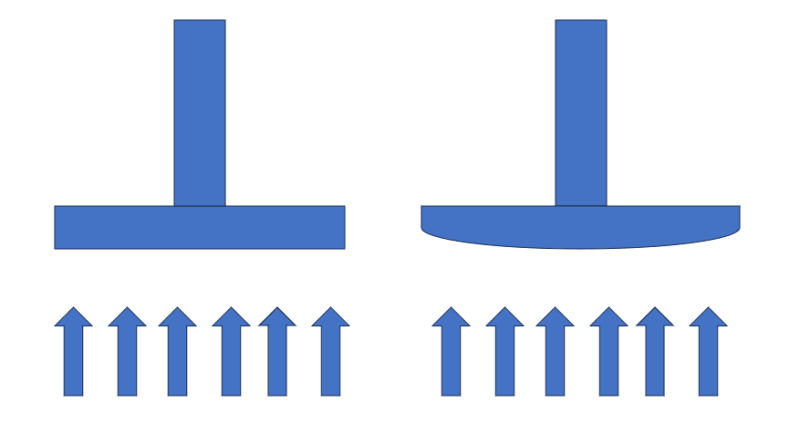jmex
Mechanical
- May 7, 2015
- 15
Hello Engineers,
I have two different geometries, where i know the value of pressure. I would like to know the reaction force on both the scenarios. Applying the same pressure on both the geometries, there is not at all difference in reaction force in vertical direction (even though the surface area is different).

If this is not the way we could find the reaction force, kindly suggest one.
I thought the applying force in vertical direction on the component surface would make two different vectors (Horizontal and Vertical). But it didn't happen.
Thank you!
I have two different geometries, where i know the value of pressure. I would like to know the reaction force on both the scenarios. Applying the same pressure on both the geometries, there is not at all difference in reaction force in vertical direction (even though the surface area is different).

If this is not the way we could find the reaction force, kindly suggest one.
I thought the applying force in vertical direction on the component surface would make two different vectors (Horizontal and Vertical). But it didn't happen.
Thank you!
